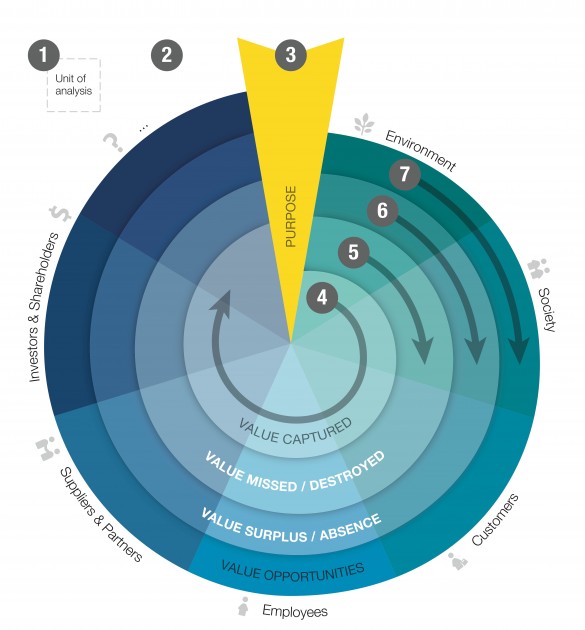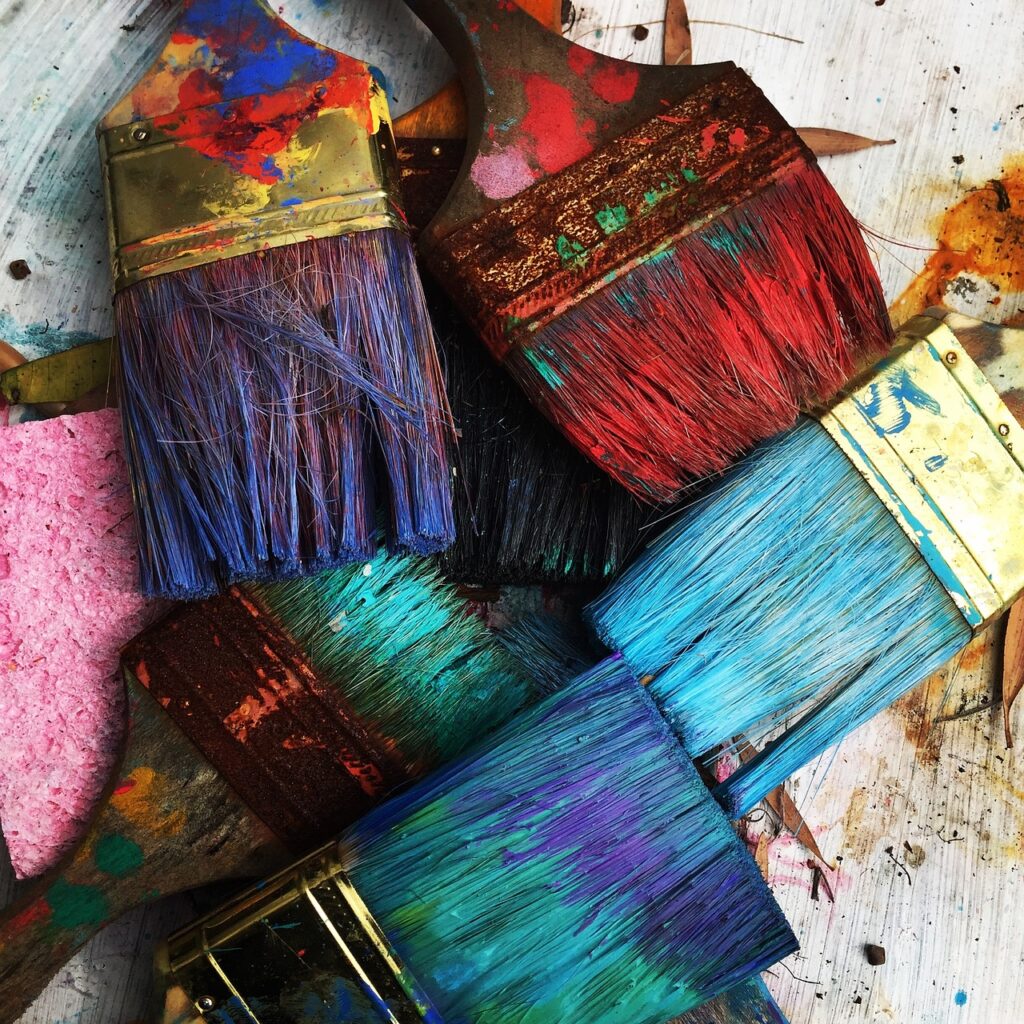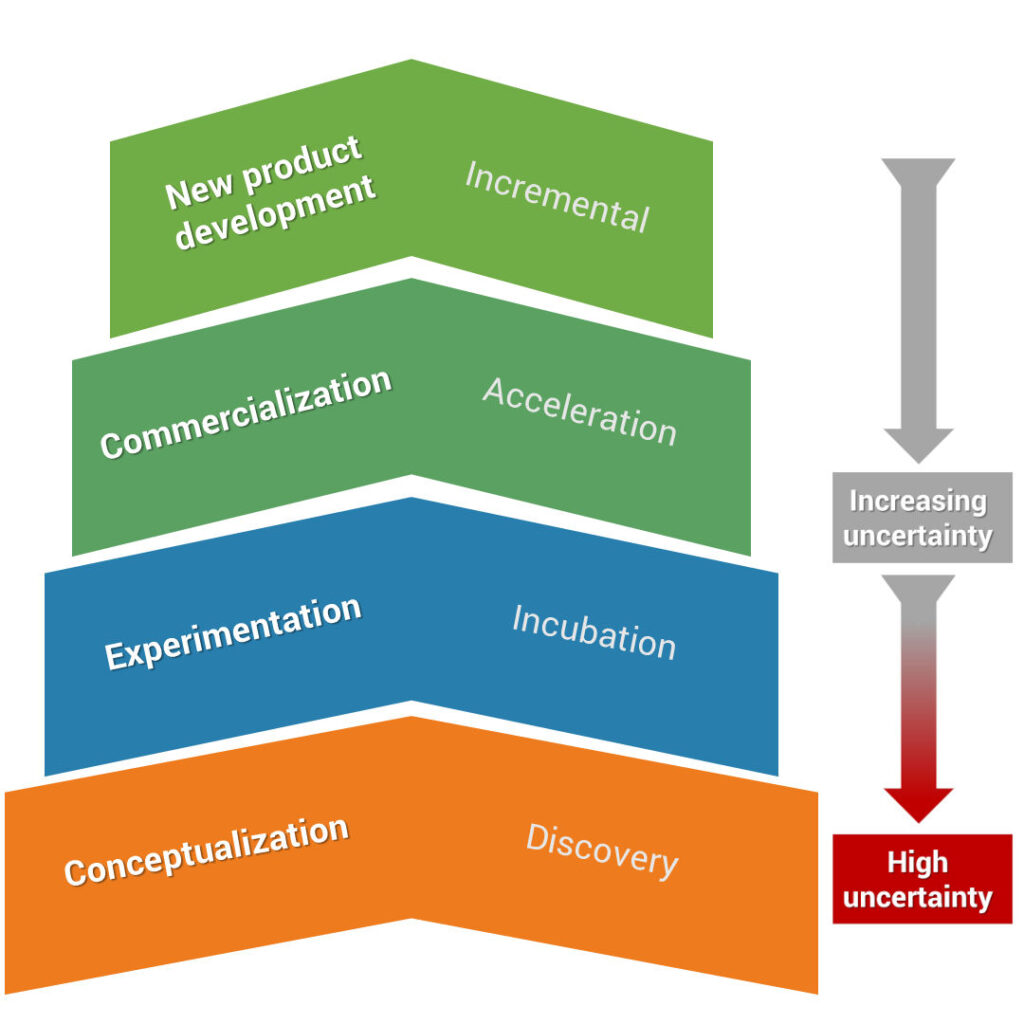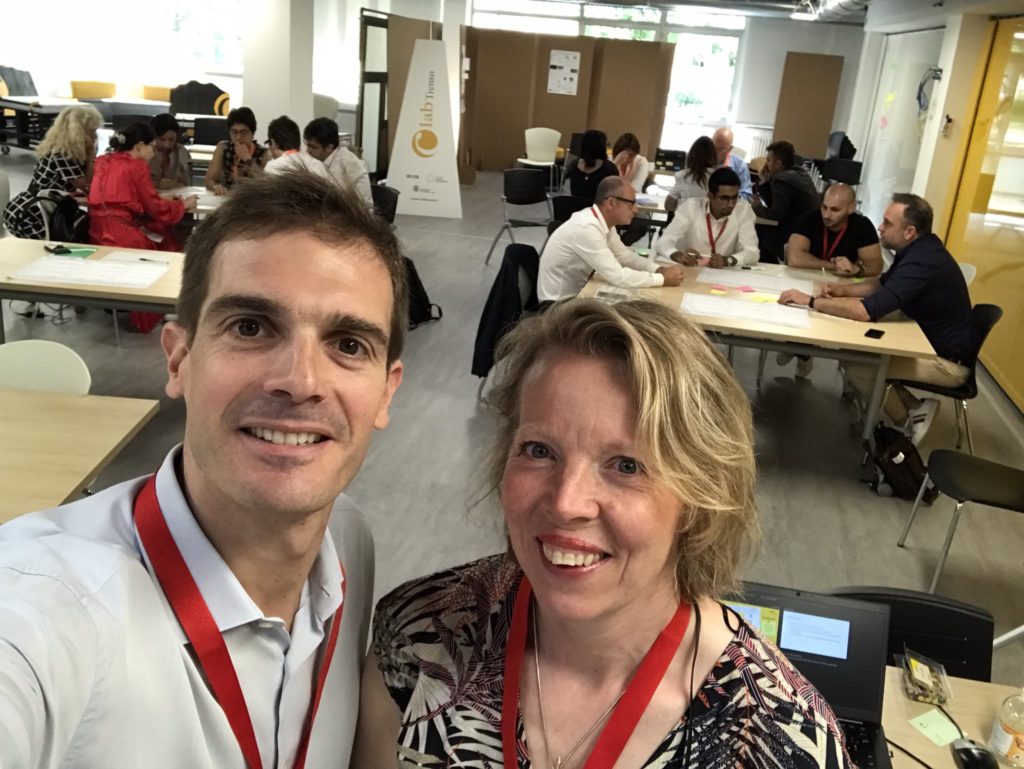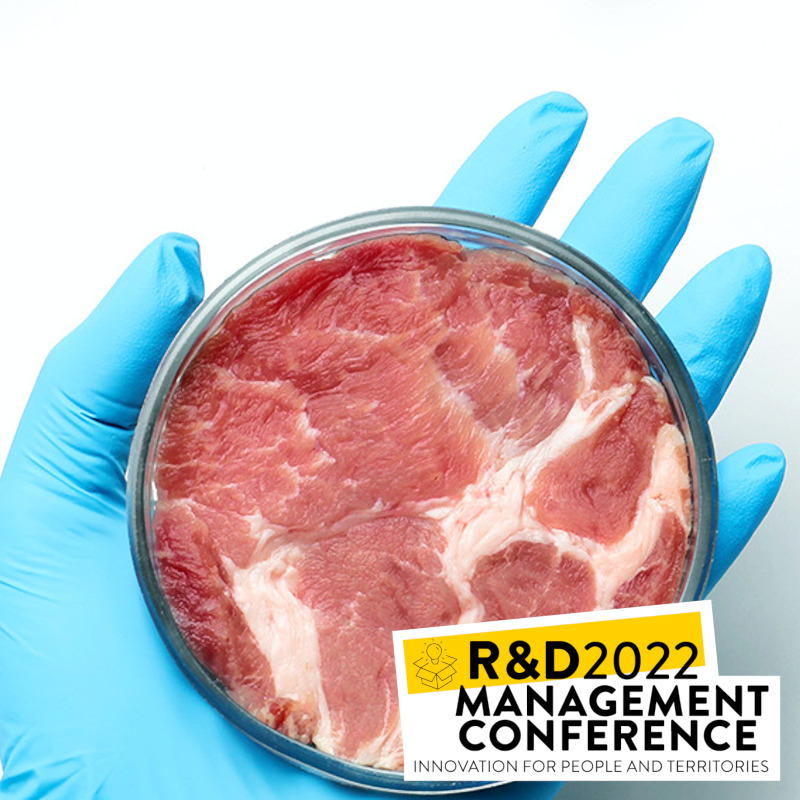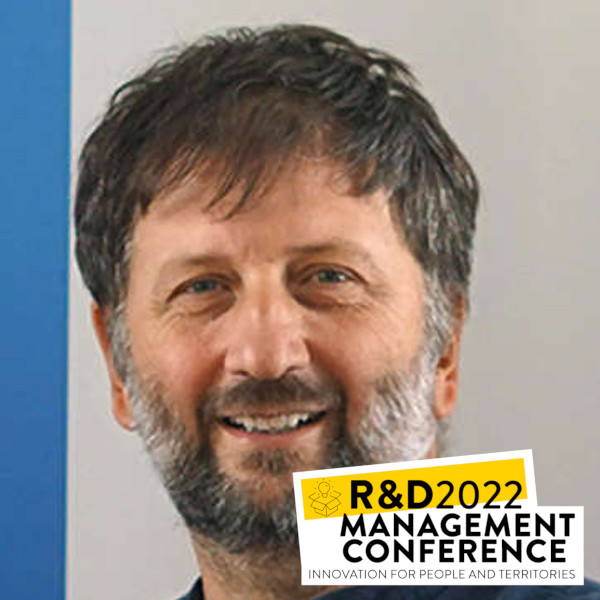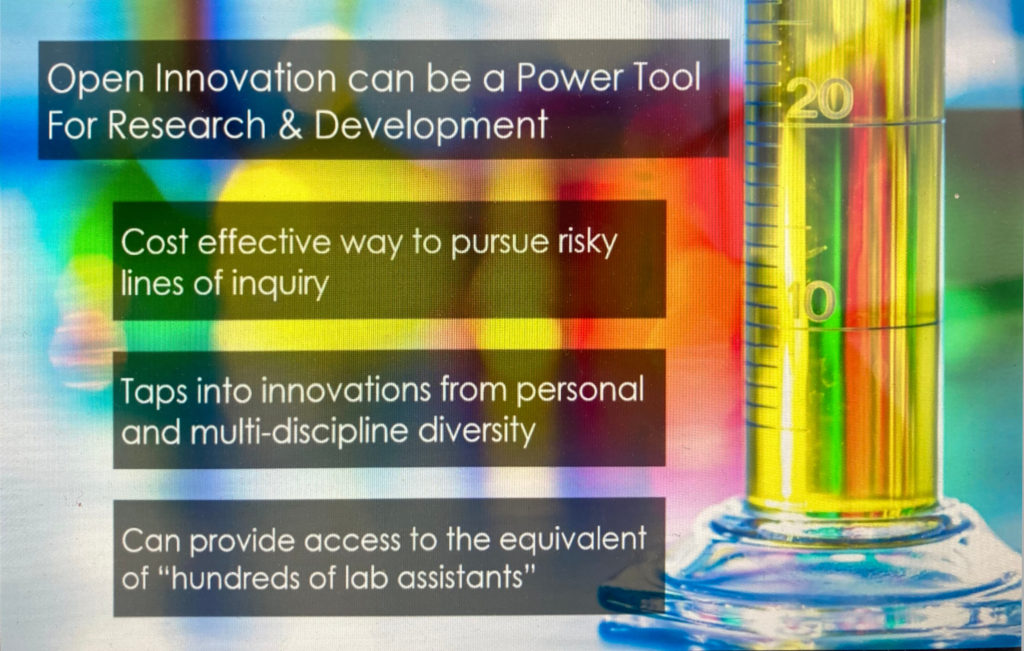Creativity can seem quite a messy discipline, but I find it useful to categorise it into 4 aspects: process, people, product and place. This classification is based on the 4P’s of creativity developed by the pioneering US creativity researcher, Mel Rhodes.
To dig deeper visit our Ideation and Creativity Theme.
Process relates to the stages of the creative process, and tools and techniques to help.
This is the aspect of creativity that most people think of first. It encompasses useful descriptions of the stages of the creative process, and a wide variety of structured tools and techniques to help the process of generating new ideas in different situations. The best known tools include Brainstorming, TRIZ, 6 hats and Attribute Association, but creative people like inventing their own creative processes, so there are a lot of these (many only subtly different from each other!). However, in general they are trying to help users break free of fixed patterns of thought, gather new stimuli, make new connections, and tap into deeper (sometimes intuitive) insight into the problem.
This describes the traits and characteristics of creative people, and how to help them.
Creativity is a deeply human process, so it’s no surprise that insights from various branches of psychology and neuroscience can be very helpful in understanding how to encourage creativity and the process of ideation. It often takes a lot of work before a “good idea” is recognised as such, so creative people need to develop both persistence and their powers of persuasion. It’s important to realise that people differ quite profoundly in what helps or hinders their creativity. For example, while some people find structured tools useful for enhancing their creativity, the most creative people will often find them positively detrimental, but can be helped to be more effective in other ways. MBTI can give very useful insight into these personal preferences.
This relates to the characteristics of creative “products”, and how to create these.
A product (which could be an artefact, a system or a service) would not be considered as creative if it were not both novel and useful. This is why skilled R&D innovators give high priority to understanding the “problem” they want to solve, particularly the “non-obvious hidden needs”, before starting the process of ideation. Useful techniques for uncovering hidden needs include Repertory Grid and Ethnographic research.
This relates to the environment, within which creativity takes place, and how to improve it.
An idea may start in a single head, but good ideas will require a diversity of knowledge from a number of people, so it’s helpful if the environment encourages useful interactions and experiences. Creative ideas can very easily be stifled by fear of failure, rigid processes and or stringent performance targets, so organisational culture and management style are important. Important thinkers in this area include Amabile, Von Hippel and Takeuchi.
